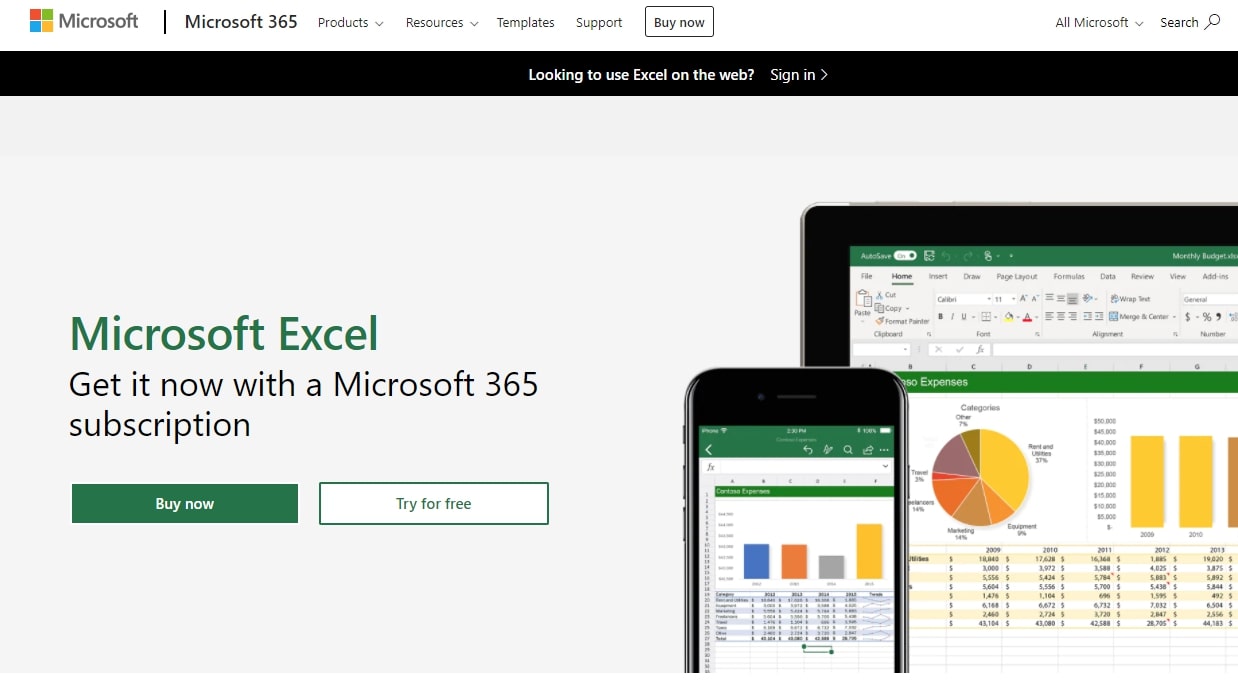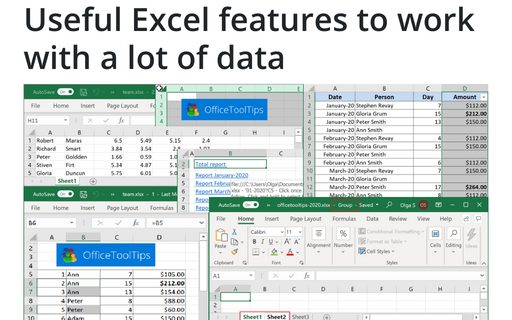

In conjunction with Office 365 (and presumably the next major version of Exchange), Outlook also supports a new junk mail filtering feature called "Clutter." Clutter is designed to put low priority e-mails-mailing lists, PR pitches, that kind of thing-into a separate "Clutter" folder, sending only a daily summary of all the mails tidied in this way.
MICROSOFT EXCEL 2016 REVIEW CRACKED
It's unlikely that Microsoft has truly cracked this usage conundrum, but Outlook 2016 may have finally taken a step in the right direction. Using e-mail to share files has annoyed system administrators since time immemorial it tends to be both less space and time efficient than sharing files via file servers, but its convenience has meant that it has long been the end user's preferred method.įor linked resources in OneDrive, OneDrive for Business, and SharePoint, you can configure sharing options. Microsoft says that these improvements to the attachments button have managed what no previous version of Outlook has achieved: it has meant that employees have finally stopped e-mail documents to one another, and started sending links. The editability of those documents-whether the linked document is read-only or read-write-can be specified in Outlook itself. When those recently-used documents are on OneDrive, OneDrive for Business, or SharePoint, the documents are shared as links. Outlook is also smarter about not attaching documents and instead sending links. Outlook's add attachment button now includes a menu showing the most recently used Office documents, so that they can be attached more easily to e-mails. There are also some new forecasting capabilities in the charting module.Įxcel has some new chart styles, though still lacks good tools for exporting charts. I just don't understand what took Microsoft so long to build it in, especially as there have been add-ons-first party ones, even-that perform a similar task. That's not to say that the feature is unwelcome or shouldn't have been added it makes Office better. Most Office users have probably figured out where all the things they need are by now. But we've had the thing for eight years now. If this had been part of Office 2007 then I suspect that a lot of the early venom directed at the ribbon would have been tempered. The application ribbons now all have a text box labelled "Tell me what you want to do." It's a search for the ribbon, a way of finding functions, though I'm disappointed that it doesn't actually tell you where on the ribbon the function normally exists, so you end up using search over and over. Office 2016 doesn't do anything to buck that trend. One feels that there hasn't really been anything new in terms of how these core word processing, spreadsheeting, presenting, and e-mail/calendaring apps since the days of the (long forgotten) Lotus Improv, which did at least try to offer an alternative to the formulae-in-a-grid of cells approach that defines spreadsheets today.

But even the ribbon didn't change the basic structure of the apps, or the way they interoperate with one another.

Office 2007 shook up the interface in a big way with its ribbon interface, and refined it in Office 2010 with the introduction of the "backstage" view used for saving, opening, and printing documents. This leaves you with something that looks like Office 2013 with only a few minor variations.ĭesktop productivity applications haven't really changed much for many years. That's optional, and if you prefer the more muted look you can disable it. You can tell that you're using Office 2016 and not its predecessor Office 2013 because, by default, Office 2016 colorizes the title bars of each app to make them reflect each application's distinctive color (except for Outlook, which remains distressingly blue after Microsoft decided that it should no longer be gold for some inexplicable reason).


 0 kommentar(er)
0 kommentar(er)
